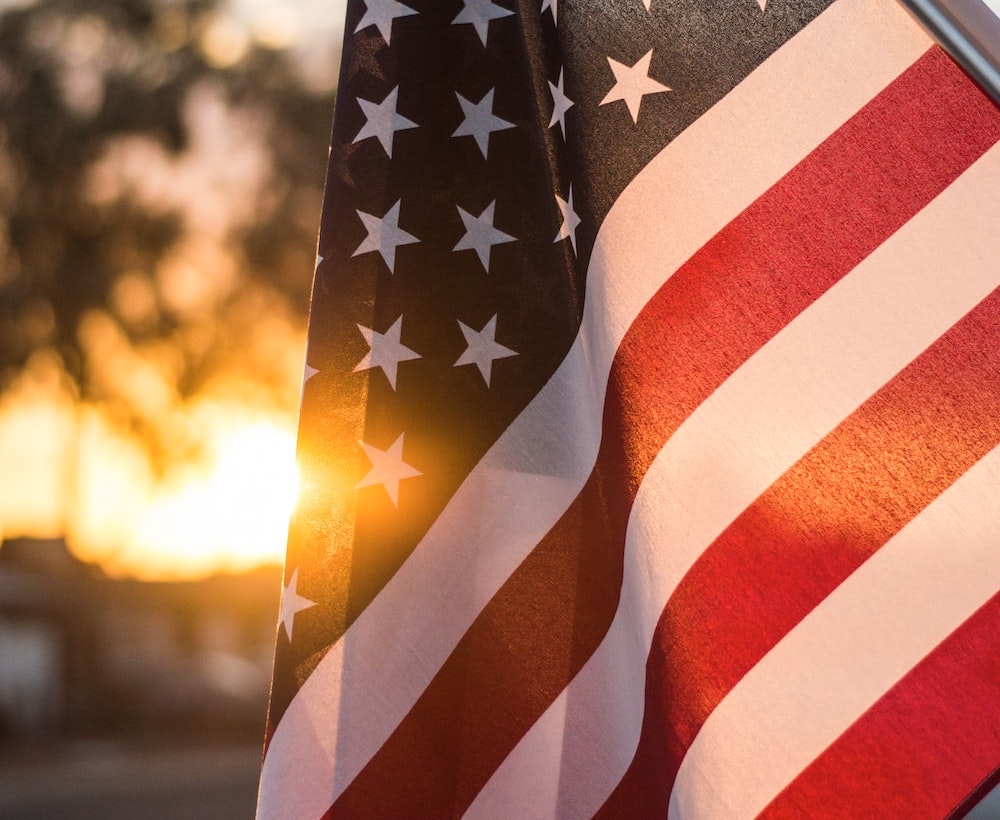Every year on June 14th, communities across the United States come together to celebrate Flag Day, a special occasion that pays tribute to the nation’s most enduring symbol—the American flag. The stars and stripes have been a powerful emblem of unity, patriotism, and freedom for over two centuries. As we observe this historic day, let us delve into the rich history of Flag Day and understand its significance.
Origins and Founding of Flag Day
The roots of Flag Day can be traced back to June 14, 1777, when the Second Continental Congress passed a resolution to adopt the Stars and Stripes as the official flag of the United States. The design, with its thirteen alternating red and white stripes representing the original thirteen colonies and a field of blue with thirteen white stars arranged in a circle to symbolize a new constellation, served as a potent symbol of the fledgling nation’s struggle for independence.
However, it was not until the late 1800s that Flag Day started to gain recognition as an annual observance. The credit for its establishment goes to a Wisconsin schoolteacher named Bernard J. Cigrand, who dedicated himself to fostering patriotism and respect for the flag among his students. In 1885, Cigrand, along with his students, observed the first unofficial Flag Day commemoration. His efforts to establish a national observance gained momentum, and over the years, several patriotic organizations and individuals rallied behind the cause.

Flag Day Recognition and National Observance
In 1916, President Woodrow Wilson issued a proclamation officially establishing June 14th as Flag Day. However, it wasn’t until August 1949 that National Flag Day was signed into law by President Harry S. Truman, designating it as a day for Americans to honor and respect their flag. This law also encouraged citizens to display the flag at their homes, government buildings, and public spaces to mark the occasion.
Today, Flag Day serves as an opportunity to reflect on the significance of the American flag and the values it represents. It is a day to express gratitude for the sacrifices made by countless men and women who have defended the flag and the ideals it stands for. Communities celebrate with parades, ceremonies, and educational programs that highlight the flag’s history, etiquette, and symbolism.
The Symbolism of the American Flag
The American flag embodies numerous symbols that hold deep meaning for its citizens. The thirteen stripes represent the original colonies, while the fifty stars on the blue field now symbolize the fifty states of the United States. The colors, red, white, and blue, signify valor, purity, and justice, respectively. Each element of the flag represents the unity, resilience, and principles upon which the nation was built.
Flag Etiquette and Respect
Flag Day serves as a reminder of the proper respect and handling of the American flag. The U.S. Flag Code provides guidelines on its display, including never letting it touch the ground, folding it correctly, and flying it at half-staff during times of mourning. These practices emphasize the reverence and honor that should be accorded to the national flag.
An Everlasting Symbol of Unity
Flag Day is more than just a celebration; it is a powerful reminder of the shared values and unity that bind Americans together. The flag represents the diversity, freedom, and opportunity that define the United States, while also reminding citizens of their duty to uphold the nation’s principles. It serves as a symbol that transcends political divisions and brings people together under one banner.
As we commemorate Flag Day, let us take a moment to reflect on the American flag’s enduring significance and the responsibility we all share to protect the ideals it represents. Today, and every day, let the flag be a beacon of hope, unity, and patriotism for all.


